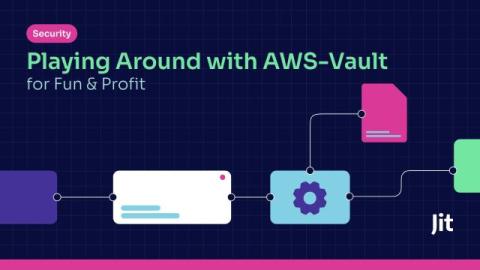Multi-Cloud Security: Proven Methods for Safeguarding Data
As organizations increasingly adopt diverse cloud services to meet their varying computational and storage needs, multi-cloud security emerges as a critical concern. “In 2024, a majority of organizations (78%) are opting for hybrid and multi-cloud strategies. Of those organizations, 43% use a hybrid of cloud and on-premises infrastructure, and 35% have a multi-cloud strategy,” according to the 2024 Fortinet Cloud Security Report.











